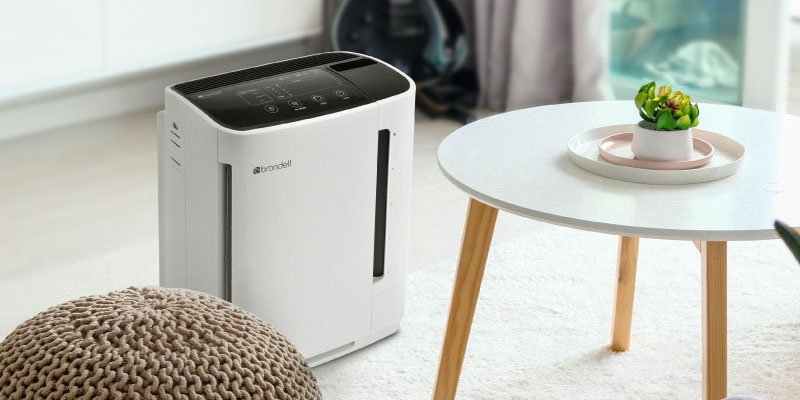Air pollution isn’t new, but technology has come a long way in controlling indoor air quality. Air cleaners—also known as air purifiers, air filters, or air purification systems, have been around longer than most people realize, albeit in very different forms than those of today. Air purification, in its various forms, dates back over 200 years to the advent of a major decline in air quality across the industrialized world.
Poor air quality began to appear at the onset of the Industrial Revolution, when coal burning took center stage as a source for heating and electricity. The abundant availability of coal allowed for exponential economic growth and manufacturing, and revolutionized travel. But coal had a very dark side, and air in and around cities soon became heavily polluted with toxic smoke and heavy smog.
The first step in combating air pollution came in the form of a charcoal-based mask designed by John Stenhouse in 1854. This mask was, in some ways, similar to the carbon filters used in air purifiers of modern-day. It filtered a range of air impurities and was a key invention for basic air contaminant removal. Stenhouse’s mask was able to filter out harmful gases and particulates from polluted air much more effectively than typical cloth-based masks used during the same time period. In 1871, this useful carbon-based technology was leveraged to upgrade fire fighting masks. The introduction of a basic respirator made firefighting safer—and set the stage for further interest in air filtration technology.
The next important step in air purification came with the invention of the HEPA filter, developed by the US Atomic Energy Commission to protect soldiers and scientists from airborne radioactive particles in laboratories and on the battlefield.
During World War II, HEPA filtration was integrated into masks to offer protection against contaminant exposure during the production and testing of the atomic bomb. These early masks protected wearers against some of the toxic gases used in warfare, and were useful against hazardous aerosols, carcinogens, radioactive dust, and other airborne contaminants of the time period—including particulates found in coal smoke. Despite these important findings, it would be decades before HEPA filtration became a commonplace term.
During the 1960’s, the Department of Energy standardized the science behind HEPA filtration, officially labeling it “High Efficiency Particulate Air” technology. Standardization included guidelines for particulate removal—HEPA filters must remove no less than 99.97% of particulates over 0.3 microns. The United States Congress offered timely support for the reduction of air pollution with the passing of the Clean Air Act of 1963, furthering consumer awareness in air quality and environmental protection. It wasn’t long before residential interest in air filtration followed suit, sparking the continued invention and improvement of air purification products featuring HEPA technology. The first home air filters were overly large, expensive, and difficult to operate and maintain, but technology improved decade by decade, offering consumers moderate protection against allergens, indoor smoke particulates, and dust.




